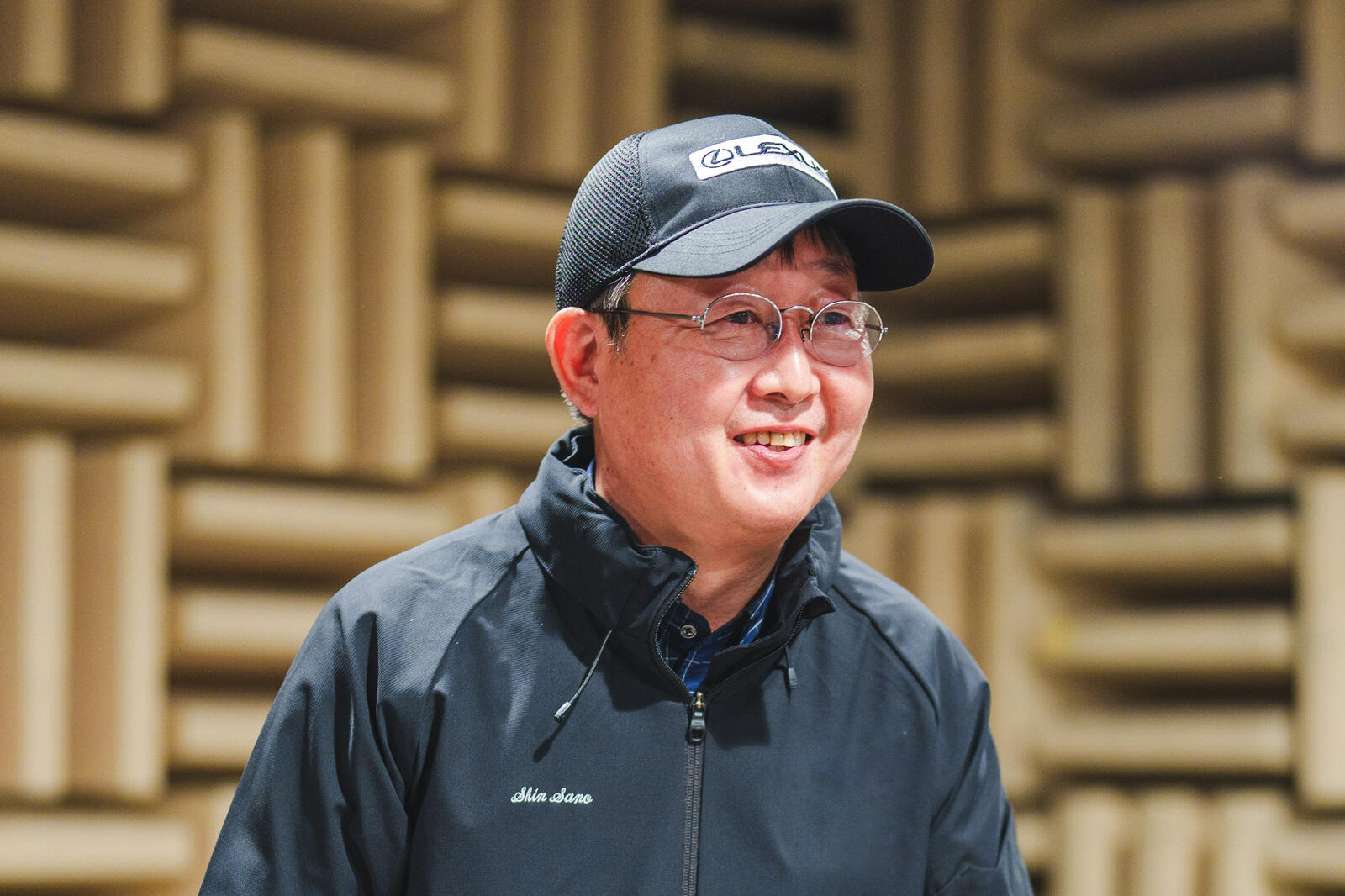
Engine sounds enchant car enthusiasts. In this article, we trace how Toyota began sculpting its unique sound.

Despite being a Toyota Times series, so far, we have only covered the sounds of other carmakers, from Subaru to Mazda. For those of you anxiously wondering when Toyota would get its turn, the wait is finally over. In the coming articles, we will be focusing on Toyota’s sound development.
Toyota Motor Corporation consists of three brands: Toyota, GAZOO Racing (GR), and Lexus (a fourth marque, Scion, previously existed in the U.S.). In this series, we will look at Toyota as a whole, rather than on a brand level.
While everyone has their own preferences, many people would no doubt associate the Toyota engine sound with the Lexus LFA, which also came up in our previous article.
The LFA was unveiled in October 2009, appearing at the Tokyo Motor Show with a piercing, high-pitched vrooom. Stepping out of the vehicle, then-President Akio Toyoda shared the following words:
Akio Toyoda (then president)
I was personally involved in crafting the LFA’s character from the earliest stages of development. To me, the epitome of Lexus is a character sought by those dedicated to pursuing authenticity—once you’ve experienced it, it stays with you for a lifetime.
We have built this refined, captivating character into the LFA. I believe that pushing the limits in the LFA’s development strikes at the essence of carmaking: continuing to pass on and elevate skills and technologies, regardless of how the times change.
Bringing together the most advanced technologies of its day, the LFA marked the ultimate pursuit of driving pleasure, designed to thrill and exhilarate the senses. As part of this unprecedented development challenge, Toyota’s engineers made every effort to achieve a beautiful engine sound, even enlisting the help of sound specialists at Yamaha.
With the LFA, the driver is like a musical conductor, using the gas pedal to orchestrate exquisite harmonies between the rear exhaust and the air intake sounds at the front of the vehicle.
Let’s take a quick moment to enjoy that iconic LFA sound, dubbed “the roar of an angel.”
Before we discuss the LFA sound, let’s retrace the history behind it.
Starting from silencing
How has Toyota’s engine sound been crafted over the years? We put this question to the engineers involved, including Shinichi Sano of the Sensitivity Performance Development Department, Lexus Vehicle Evaluation and Engineering Division . According to Sano, it all began with the pursuit of quieter cars in the 1980s—rather than producing sounds, trying to silence them as much as possible.
Assistant Manager Sano

It was around the 1980s that people started talking about NVH (Noise, Vibration, Harshness). Upon launching in 1989, the first-generation Lexus LS stunned the world with its quietness.
This was made possible by an extremely well-balanced V8 engine based on the development ideology of the LS’s chief engineer, Ichiro Suzuki. He set out to create an engine structure that transferred power directly to the wheels without generating any unnecessary vibration.
On the other hand, records from the time of the original LS development note that we had also begun efforts to not simply make cars quieter but rather eliminate noise, leaving only pleasing sounds.
Another development in the early 80s was the sound simulator, which could generate synthesized sounds to match engine revs. However, these were not yet of a size that could be fitted in cars, and instead, sound simulation rooms were set up to test the results.
Then, in the late 80s, we have records of experiments that included making synthesized sounds with an MR2 and fitting a Century with a simulator, which had become much more compact but still took up most of the trunk. They described how sounds that didn’t match the vehicle’s vibrations or ride comfort would feel completely out of place, showing that each car had its own ideal sound characteristics.
However, at this point, we still weren’t fully headed in the direction of creating nice engine sounds. The only way to suppress noise, especially low-frequency noise, is to add mass, and in those days, we were grappling with the conflicting demands of making quieter cars while also reducing their weight.


